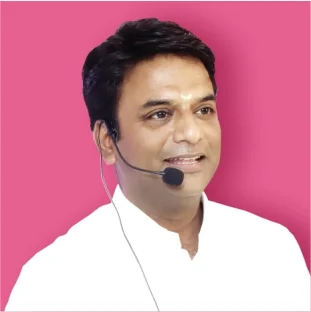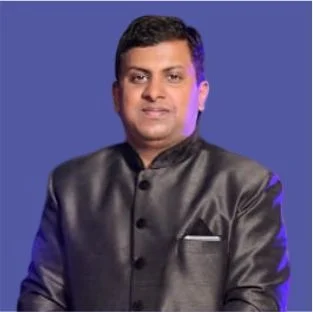
Know more about what is oil pulling? Get an online astrology consultation with a professional astrologer to find out the answers to all of your questions.
Oil-pulling therapy is not harmful unless done excessively or with the incorrect oil. While oil pulling removes harmful bacteria from your mouth, doing so too frequently can disrupt the oral microbiome and negatively impact your palate and taste buds. As a result, it is recommended that you do it once a day to avoid any oil-pulling side effects. you've heard about oil pulling but don't know how to do it correctly,
Oil pulling therapy, also known as gandusha kriya, is an Ayurvedic morning practice for eliminating microorganisms from your mouth and enhancing dental health and cleanliness. Swishing the oil over your teeth, tongue, and gums is how oil-pulling therapy is done. What kind of oil?
History of oil-pulling
Oil pulling therapy has been practiced for 3,000 to 5,000 years and has its roots in ancient Ayurvedic medical writings. Ayurveda is a medical system that takes a comprehensive approach. It encompasses a variety of practices, such as eating or drinking certain herbs and foods, chewing on specific sticks, and oil-pulling using various types of oil.
Kavala Graha and Gandusha are two historically utilized methods of oil-pulling. A tiny amount of oil is inserted in the mouth and swished about for three minutes before being gargled and removed in Kavala Graha. Gandusha involves filling the entire mouth with oil (more so than Kavala Graha) and swishing it about for three to five minutes before being removed.
Historically, these procedures were employed to treat or prevent cracked lips, gum bleeding, weak teeth, dry throat, foul breath, and other gum, tooth, and jaw disorders.
What Takes Place During Oil Pulling Therapy?
Over 600 different types of bacteria may be found in your mouth. While certain bacteria are beneficial to your dental health and contribute to a healthy microbiome, the rest are harmful and cause difficulties such as tooth decay, foul breath, bleeding gums, and so on.
Oil pulling therapy eliminates these germs by simple phenomena. The unicellular bacteria are surrounded by a lipid membrane that adheres to the oil's lipid composition. These germs get unattached from the soft tissues, cling to the oil, and are finally washed out when you spit the oil. The procedure is similar to how detergent eliminates dirt molecules from clothing.
Read Also:- What is the significance of Ganga Snaan?
When Should You Do Oil Pulling?
When should you conduct oil-pulling therapy? Is it better to conduct oil-pulling before or after cleaning your teeth? Oil pulling is advised after cleaning your teeth and scraping your tongue. If you have to pick between doing oil pulling at night and doing it in the morning, do it in the morning on an empty stomach.
Oil-pulling therapy has been used for thousands of years and started in ancient India as an Ayurvedic treatment for "purifying" the body by "drawing" toxins out via the gums and mouth using oil as adsorption (pulling) medium.
You're undoubtedly dubious right now, and you should be. This is not to suggest that oil-pulling therapy does not have certain useful applications. It may not be the miracle cure that some claim it is, but it can be useful for other purposes.
Toxins and bacteria that collect in the body, according to oil-pulling practitioners, may eventually wind up in the mouth. They claim that by holding and swishing oil in your mouth for an extended period of time (about 15-20 minutes), you may "draw" these toxins out of your body via the soft tissue in your mouth.
After swishing the oil around for a while, it spits out into the sink or garbage to eliminate the toxins from the body.
"The main aim of oil-pulling is to get rid of the oil-soluble poisons in the body," Oil-pulling therapy is done using a variety of oils, including coconut, palm, olive, and sesame. Coconut oil is the most often used oil for oil pulling, however, it does have the disadvantage of solidifying at temperatures of 76 degrees Fahrenheit or below. Every tongue, however, is far hotter than that. While the oil may appear solid at first, it will melt into a liquid within seconds after being placed in the mouth. Some oil-pulling practitioners like to combine coconut oil with sunflower and/or sesame oil to keep it liquid.
Learn astrology courses online from the best astrologer in India. Learn about different aspects of astrology, like astrology readings, prediction, and more. Free astrology classes are available as well. Further, explore numerology course, palmistry course, Vastu course, medical astrology with astrology certification. Register now.
Read Also:- Weekly Rashifal 7th to 13th Nov. 2022
Comments (0)
Categories
Recent posts


जन्मकुंडली में ...
30 Aug 2023
Importance of Bhakoot Koota in Kundali ...
30 Aug 2023

.webp)














